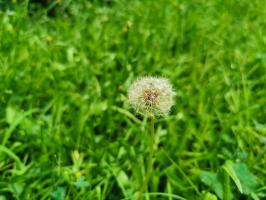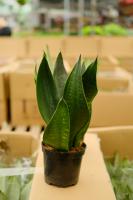Introduction
Water is an essential part of human life. Although water covers 71% of the earth's surface, only 2.5% of it is fresh, and only a small fraction of that is available for human consumption. Due to the increasing population, industrialization, pollution, and climate change, clean drinking water has become a scarce resource in many parts of the world. As a result, many countries and communities are setting up water filtration plants to ensure the availability of safe drinking water for their citizens. This article will guide you through the process of setting up a water filtration plant.
Step 1: Water Analysis
The first step towards setting up a water filtration plant is to analyze the quality of the water source. You can do this by collecting water samples and sending them to a laboratory for testing. The laboratory report will give you an idea of the water's pH level, turbidity, total dissolved solids (TDS), and the presence of contaminants such as bacteria, viruses, and heavy metals. This information will help you determine the type of filtration system you need to set up.
It's essential to conduct regular water analysis even after setting up the filtration plant to ensure that the water quality meets the required standards.
Step 2: Choosing the Filtration System
Based on the water analysis report, you can choose the appropriate filtration system. There are several types of filtration systems available, such as reverse osmosis, activated carbon, ceramic, and UV filtration. Each system has its unique way of removing contaminants from the water. For example, reverse osmosis removes TDS and heavy metals, while activated carbon removes chlorine and other organic substances.
Consult with a water treatment specialist to determine the right filtration system for your needs and budget.
Step 3: Installation of the Filtration System
Once you decide on the filtration system, it's time to install it. The installation process may vary depending on the type of system and the water source. For instance, if you're setting up a reverse osmosis system, you'll need to connect it to a water supply and a storage tank. Some filtration systems may also require pre-treatment, such as sediment filters, to prevent clogging.
It's advisable to hire a professional to install the filtration system to ensure that it's done correctly.
Step 4: Regular Maintenance
Setting up a filtration plant doesn't end with installation. Regular maintenance is necessary to keep the system running efficiently and ensure the water quality. Maintenance tasks may include replacing filters, cleaning membranes, and performing regular checks on the system's performance.
It's recommended to set up a maintenance schedule and follow it religiously to prevent system failure and ensure the safety of the water.
Step 5: Testing and Certification
Once you set up and maintain the filtration plant, you need to test the water regularly to ensure that it meets the required standards. You can either perform tests in-house or send water samples to a certified laboratory for analysis. Additionally, you may need to obtain certification from the relevant authorities to ensure that the water is safe for consumption.
It's essential to follow the required testing and certification procedures to ensure the safety of the water and the compliance with the regulations.
Conclusion
Setting up a water filtration plant is a crucial step towards providing safe drinking water to the community. However, it requires careful planning, proper installation, and regular maintenance to ensure the efficiency and safety of the system. By following the steps outlined in this article, you can create a reliable and sustainable water filtration plant that meets the drinking water standards.

 how many times do yo...
how many times do yo... how many planted tre...
how many planted tre... how many pine trees ...
how many pine trees ... how many pecan trees...
how many pecan trees... how many plants comp...
how many plants comp... how many plants can ...
how many plants can ... how many plants and ...
how many plants and ... how many pepper plan...
how many pepper plan...
































